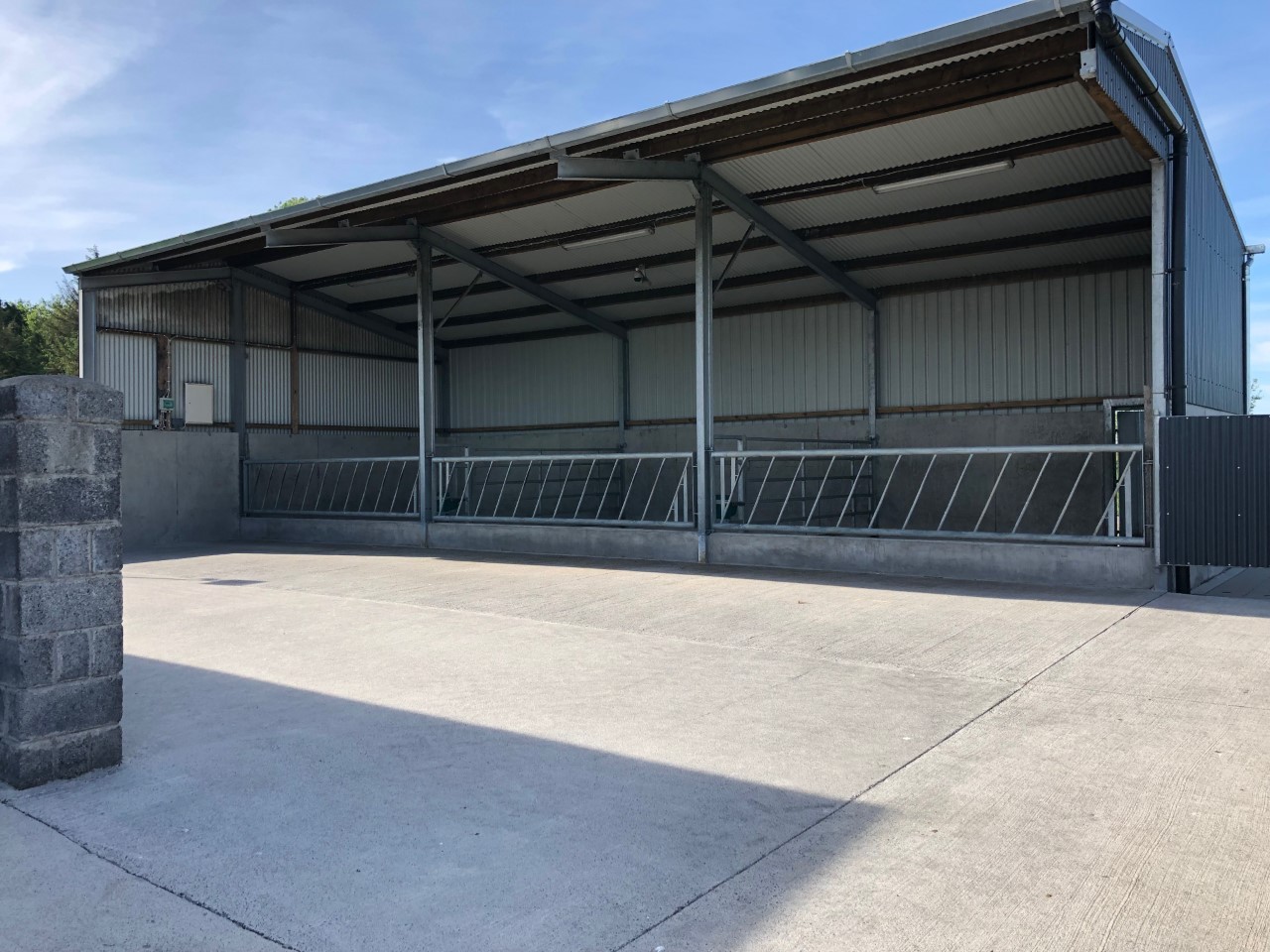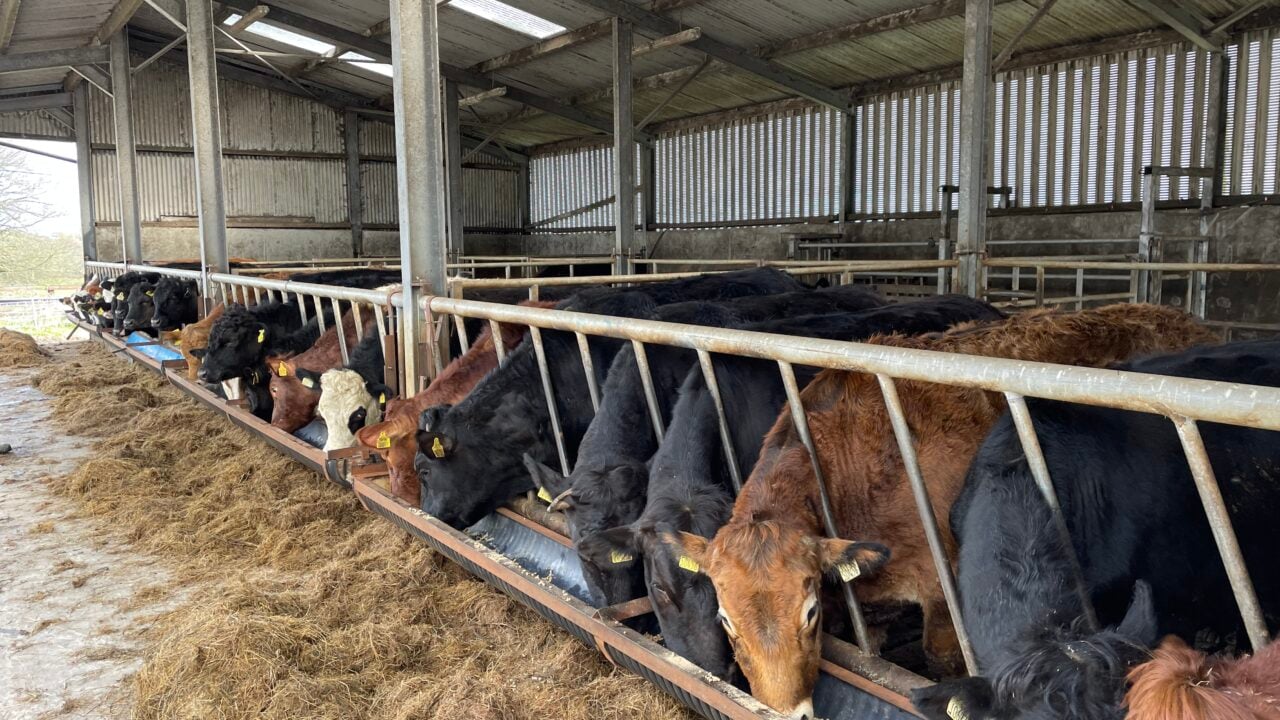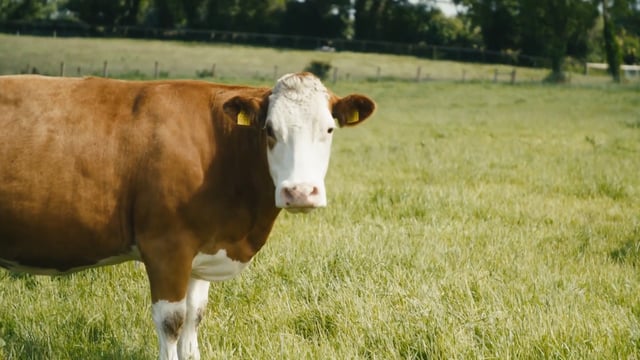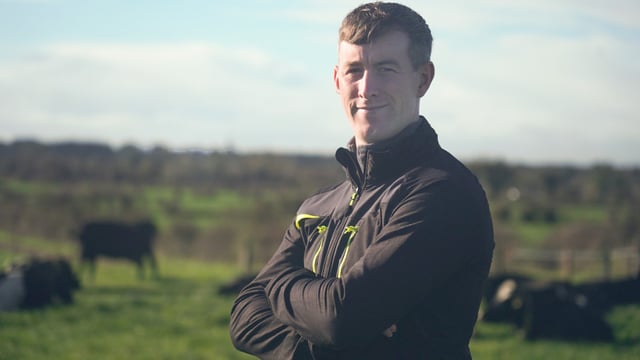Caution needed when housing cattle in wet, mild conditions
Farmers are being reminded to take caution when housing cattle in the current wet, mild conditions.
The heavy downpours of rain across the country on Thursday and Friday caused flooding in many parts and will likely see some farmers opt to house cattle.
Ground has become wet in many parts of the country, and this may see at least some cattle have to go into the shed.
It is important to keep in mind that daytime temperatures are still reaching 17°, with nighttime temperatures dropping to 9°.
Most farmers will already be aware of the risks of cattle going into the shed in these conditions, as there is a greater risk of cattle having issues with chills and Bovine Respiratory Disease (BRD).
There are some steps farmers can take to reduce animal health risks at housing.
Where some cattle need to be housed, it is often best to start with housing the heaviest cattle on the farm first.
Some farmers have cattle sheds with better ventilation than others, with well-positioned, open-fronted sheds providing great air movement for cattle.
High-risk groups, such as bought-in weanlings, should be housed in these sheds with better air circulation.

When cattle are being housed, all possible steps should be taken to avoid stress in livestock. Keeping batches of cattle together can be beneficial in this regard.
It is also important to ensure pens are not overstocked, as this can cause stress and bring on health issues in cattle at housing also.
Easy access to clean drinking water, fresh feed, and good natural light and ventilation are all simple factors that are often taken for granted, but are all important measures in functional animal housing and ensuring cattle will continue to perform well over the winter months.
Farmers should consult their local vet for advice on an animal health plan in advance of housing.
Ideally, cattle should be vaccinated at least two weeks before housing or any major stress event such as weaning or castration.





